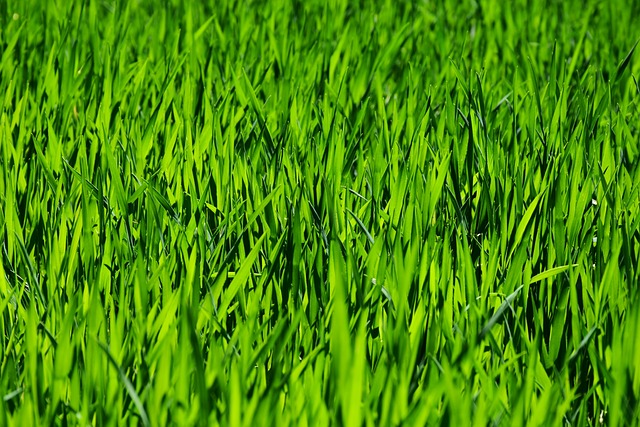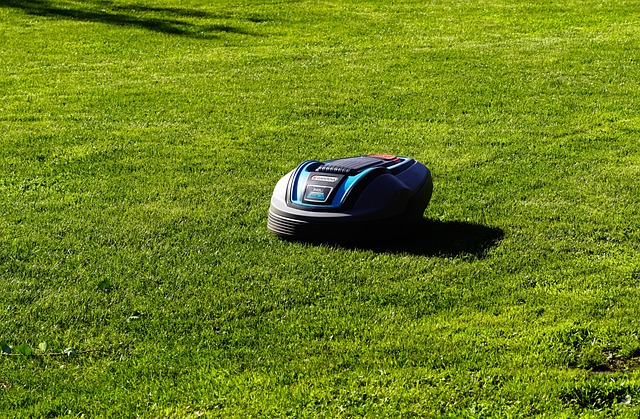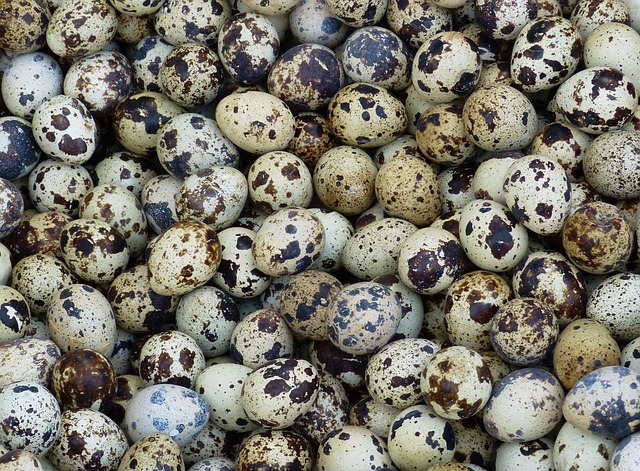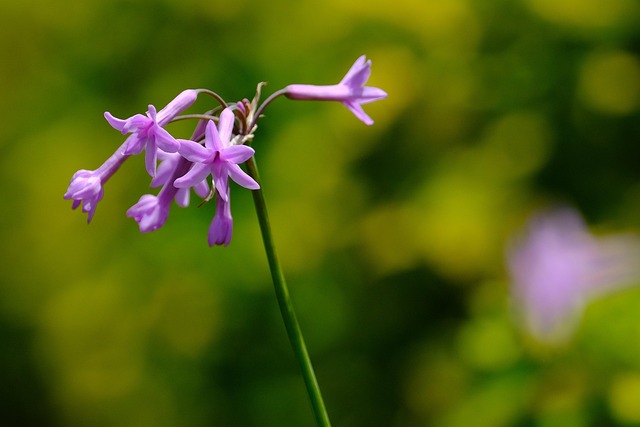Irrigating lawns effectively requires understanding grass species' water needs, which vary by climate, soil type, and sun exposure. Homeowners can optimize lawn health and conserve water through tailored watering routines based on soil moisture and grass color. When considering Lawn Care and Landscaping options, sprinkler systems, drip irrigation, and micro-sprinklers offer various benefits for even coverage, targeted delivery, and precise control. The installation of an irrigation system involves evaluating soil type, climate, and plant selection, followed by precise layout, connection to valves, testing, and fine-tuning for optimal water distribution. This meticulous approach supports thriving Lawn Care and Landscaping.
Looking to transform your lawn into a lush oasis? Irrigation system installation is a game-changer for any homeowner aiming for optimal lawn care and landscaping. This comprehensive guide delves into the essential aspects of understanding your lawn’s unique water needs, exploring diverse irrigation system types tailored to different properties, and providing a detailed step-by-step installation process. Discover how to cultivate a thriving landscape with efficient watering solutions.
- Understanding Your Lawn's Water Needs: A Comprehensive Guide
- Types of Irrigation Systems: Which One is Right for Your Property?
- Installation Process: Step-by-Step to a Thriving Landscape
Understanding Your Lawn's Water Needs: A Comprehensive Guide

Irrigating your lawn effectively is an art that requires understanding its unique water requirements. Lawn care and landscaping professionals often emphasize the significance of tailored watering routines for optimal grass health. Different grass species have distinct needs, influenced by factors like climate, soil type, and sun exposure. For instance, warm-season grasses thrive in hot, dry conditions and require less frequent but deeper irrigations, while cool-season grasses prefer milder temperatures and regular, shallow waterings.
Comprehending these nuances is the first step in creating a sustainable irrigation system. A comprehensive guide for lawn care enthusiasts should include assessing soil moisture levels, observing grass color and growth patterns, and considering local weather forecasts. By integrating these practices into daily routines, homeowners can ensure their lawns receive adequate hydration without wasting precious water resources. This approach not only contributes to lush, vibrant landscapes but also promotes responsible landscaping in the broader context of lawn care and irrigation system installation.
Types of Irrigation Systems: Which One is Right for Your Property?

When considering irrigation system installation, understanding different types is crucial for effective lawn care and landscaping. The three main categories include sprinkler systems, drip irrigation, and micro-sprinklers. Sprinkler systems are popular choices due to their efficiency in covering large areas evenly. They use a network of pipes buried beneath the soil, releasing water through strategically placed nozzles when activated. This method is ideal for extensive lawn areas or gardens with high water requirements.
Drip irrigation, on the other hand, offers a more targeted approach by delivering water directly to plant roots. This system consists of tubes or emitters placed near plants, providing a steady supply of moisture directly where it’s needed most. It’s particularly suitable for smaller gardens, flower beds, and ornamental shrubs, ensuring efficient use of water without wasting resources. Micro-sprinklers represent a hybrid option, combining the benefits of both sprinkler systems and drip irrigation. They create fine mists or droplets, offering precise control over moisture levels while maintaining a large coverage area, making them versatile for various property types in lawn care and landscaping.
Installation Process: Step-by-Step to a Thriving Landscape

The installation process for an irrigation system is a meticulous dance, requiring careful planning and precision to ensure your landscape thrives. It begins with assessing your lawn care and landscaping needs, taking into account factors like soil type, climate, and plant variety. This step is crucial as it determines the best irrigation strategy—drip, spray, or sprinkler—for your specific environment. Once decided, a professional will map out the system’s layout, considering water pressure, flow rates, and coverage areas.
Next, they dig trenches or lay pipes according to the design, ensuring proper placement for maximum efficiency. These pipes are then connected to valves and controllers, allowing for precise control of water distribution. The system is tested, fine-tuned, and calibrated to deliver the right amount of water at the right time, optimizing your lawn care and landscaping efforts. This meticulous process guarantees a robust, sustainable irrigation system tailored to your landscape’s unique needs.
Irrigation system installation is a beneficial investment for any property, ensuring your lawn and landscaping thrive year-round. By understanding your lawn’s water needs and selecting the right irrigation system, you can create a sustainable and efficient watering solution. The installation process, outlined in this guide, offers a step-by-step approach to achieve a lush, healthy landscape. Incorporating these strategies into your lawn care and landscaping routine will not only enhance the beauty of your outdoor space but also promote water conservation.














